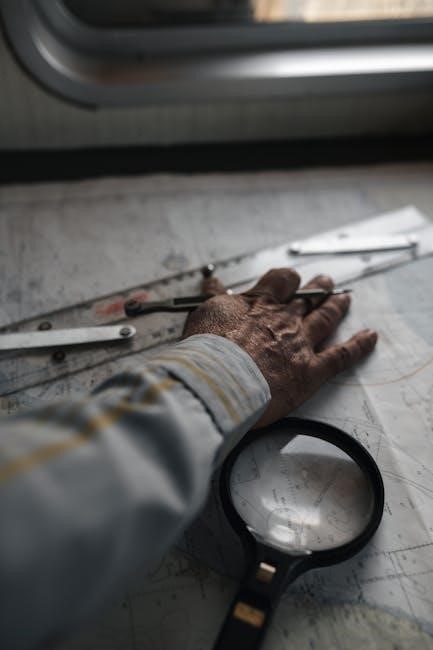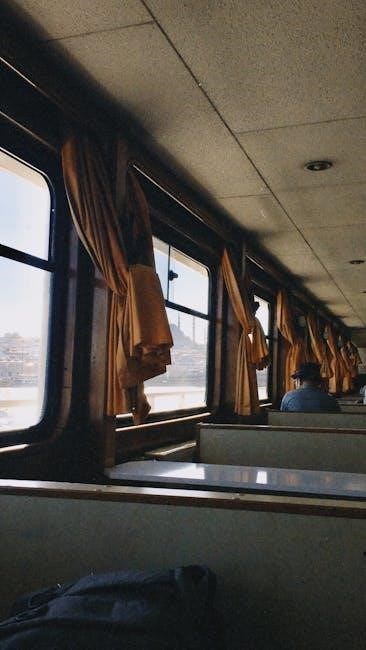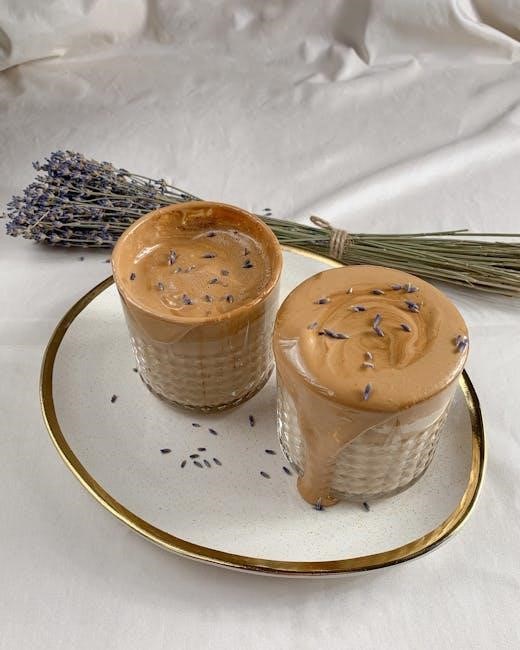
glass insulators price guide
Glass insulators are highly collectible items with a rich history, spanning over a century, and are now featured in various price guides and collector communities, including online forums and clubs, everyday․
History of Glass Insulators
Glass insulators were first produced in the 1850s for use with telegraph lines, marking the beginning of a long history․
As technology developed, insulators were needed for telephone lines, electric power lines, and other applications, leading to increased production․
The mid 1960s saw the start of insulator collecting, with a few individuals seeking out these unique items․
Today, there are over 2000 collectors, and insulator clubs, national shows, and good reference books are available, showcasing the growth of the hobby․
The history of glass insulators is fascinating, with various companies producing insulators over the years, each with its own distinct characteristics․
The development of glass insulators has been shaped by advances in technology and the needs of different industries, resulting in a wide range of insulator types․
Glass insulators have become highly sought after by collectors, with their value and rarity often determined by their age, condition, and origin․
The history of glass insulators is a rich and complex one, with many interesting stories and facts waiting to be discovered, and their prices vary accordingly․
Collecting Glass Insulators
Collecting glass insulators has become a popular hobby, with many enthusiasts searching for rare and unique items․
The community of collectors is active, with numerous clubs and national shows dedicated to showcasing and trading insulators․
Reference books and online forums provide valuable resources for collectors, helping them to identify and learn about different types of insulators․
Many collectors specialize in specific areas, such as insulators from certain manufacturers or time periods․
The thrill of the hunt is a big part of the hobby, with collectors often searching for years to find a particular insulator to add to their collection․
Some collectors also enjoy restoring and preserving insulators, bringing them back to their original condition․
With so many different types of insulators available, collectors can choose to focus on a specific area that interests them, making the hobby both challenging and rewarding․
Overall, collecting glass insulators is a fun and rewarding hobby that combines history, research, and community, with many opportunities to learn and grow․

Types of Glass Insulators
Various glass insulator types exist, including signal, strain, and suspension insulators, each serving specific purposes, made from different materials and designs, with unique characteristics everyday․
Manufacturing Anomalies
Manufacturing anomalies in glass insulators refer to unique characteristics that occur during the production process, making each item distinct․ These anomalies can include underpoured or overpoured glass, creating variations in shape, size, and color․ Collectors often seek out insulators with these anomalies, as they can increase the item’s value and rarity․ The presence of manufacturing anomalies can be an important factor in determining the price of a glass insulator, with more pronounced anomalies generally commanding higher prices․ Insulators with unusual colors, shapes, or patterns are highly sought after by collectors, and can be found in various price guides and collector communities․ The study of manufacturing anomalies is a fascinating aspect of glass insulator collecting, and can provide valuable insights into the history and production of these items․ By examining these anomalies, collectors can gain a deeper understanding of the craftsmanship and techniques used in the manufacture of glass insulators․
Hemingray-42 Insulator
The Hemingray-42 insulator is a highly collectible item, introduced in the early 1920s by the Hemingray Company․ This insulator is considered one of the most popular and valuable among collectors, due to its unique design and historical significance․ The Hemingray-42 insulator features a distinctive shape and color, making it a sought-after item among glass insulator enthusiasts․ Its value can vary depending on its condition, rarity, and age, with prices ranging from a few hundred to several thousand dollars․ The Hemingray Company produced the Hemingray-42 insulator until its closure in 1972, making it a rare and valuable find for collectors․ The insulator’s popularity has endured over the years, with many collectors seeking to add it to their collections․ Its value is a testament to the enduring appeal of glass insulators and the importance of the Hemingray Company in the history of insulator production․ The Hemingray-42 insulator remains a highly prized item among collectors, with its value continuing to appreciate over time․

Price Guides for Glass Insulators

Glass insulator price guides provide valuable information on pricing and collecting, helping enthusiasts make informed decisions, every day, with various resources available, including online forums and communities, always․
Insulator Price Ranges
Insulator price ranges are typically provided in a guide, giving collectors a general idea of the value of their items․ The prices can vary greatly, depending on the condition, rarity, and age of the insulator․ A price range of 20-30 is common, with the high end value being for mint condition items and the low end value being for near mint condition items․ More extensive damage can significantly lower the value of an insulator․ The price ranges are often determined by experts in the field, who have a deep understanding of the market and the factors that affect the value of insulators; By consulting a price guide, collectors can get a sense of the value of their items and make informed decisions when buying or selling․ The prices can also vary depending on the location, with some insulators being more valuable in certain regions․ Overall, insulator price ranges are an important tool for collectors, providing a framework for understanding the value of their items․
North American Glass Insulators Price Guide
The North American Glass Insulators Price Guide is a comprehensive resource for collectors, providing detailed information on the value of glass insulators․ This guide includes a wide range of listings, with over 15,000 entries, making it an essential tool for anyone looking to buy or sell glass insulators․ The guide is regularly updated, with new listings and revised prices, to ensure that collectors have access to the most accurate and current information․ The guide also includes appendices and drawings, providing additional context and information for collectors․ With its spiral-bound format and affordable price, the North American Glass Insulators Price Guide is a valuable resource for collectors of all levels․ Whether you are a seasoned collector or just starting out, this guide is an indispensable tool for navigating the world of glass insulators․ The guide’s comprehensive coverage and detailed information make it a must-have for anyone serious about collecting glass insulators․

Valuing Glass Insulators
Valuing glass insulators requires research and expertise, considering factors like condition, rarity, and demand, to determine accurate prices and values, using various guides and resources, every day․
Finding the Value of Glass Insulators
To find the value of glass insulators, collectors can use various price guides and resources, such as the North American Glass Insulators Identification, Reference, and Price Guide, which provides detailed information on different types of insulators, including their characteristics, rarity, and prices․ Additionally, online forums and communities, such as insulator clubs, can provide valuable information and insights from experienced collectors․ The condition and age of the insulator are also important factors in determining its value, with rare and mint-condition insulators commanding higher prices․ Furthermore, the demand for specific types of insulators can fluctuate over time, affecting their value․ By researching and staying up-to-date on market trends and prices, collectors can make informed decisions when buying or selling glass insulators․ The value of glass insulators can vary greatly, ranging from a few dollars to several hundred dollars, depending on their rarity and condition, and using the right resources can help collectors determine their value accurately․
Age and Origin of Glass Insulators
The age and origin of glass insulators play a significant role in determining their value, with older and rarer insulators commanding higher prices․ Glass insulators were first produced in the 1850s, and their origin can be traced back to various countries, including France and the United States․ The Folembray Glassworks, a French company, produced insulators from 1899 to 1954, and their products are highly sought after by collectors․ The age of an insulator can be determined by its characteristics, such as the type of glass used, the mold marks, and the color․ Insulators from the early 20th century, such as the Hemingray-42, are particularly valuable due to their rarity and historical significance․ By researching the age and origin of a glass insulator, collectors can gain a better understanding of its value and significance, and make informed decisions when buying or selling․ This information is crucial in the world of glass insulator collecting, and can help collectors appreciate the history and craftsmanship behind these unique items․